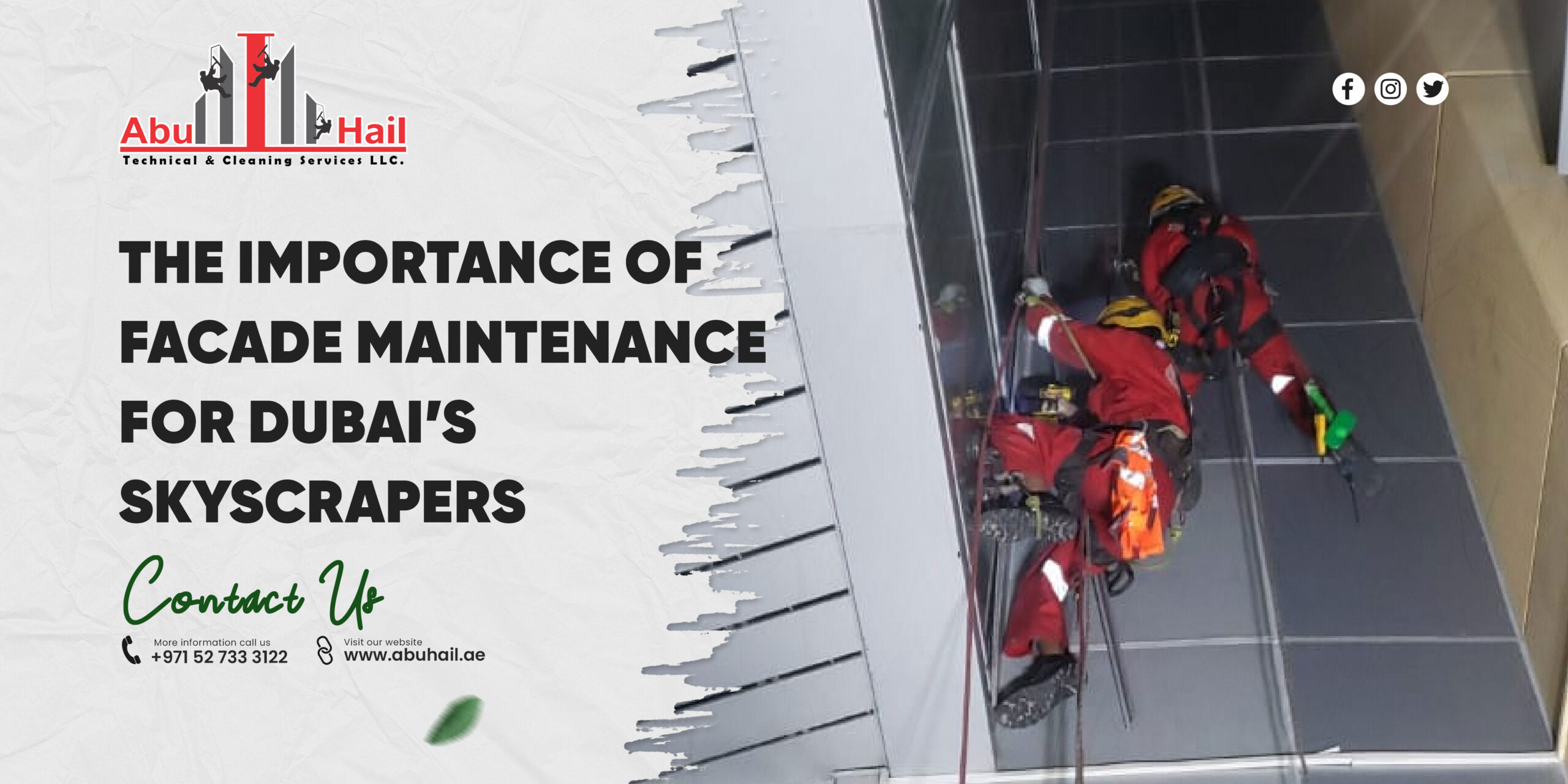
Environmental Advantages of Rope Access Techniques
In today’s world, industries are increasingly focused on reducing their environmental impact while maintaining operational efficiency. Rope access techniques have emerged as a sustainable and effective alternative to conventional methods for working at heights or in difficult-to-reach areas. By using specialized climbing techniques and equipment, rope access minimizes ecological harm and enhances sustainability in industrial and commercial operations. Below are the main environmental advantages of rope access techniques:
1. Smaller Equipment Footprint
Traditional methods like scaffolding or heavy machinery often require substantial materials and logistics. For instance, erecting and dismantling scaffolding involves using significant amounts of metal, wood, and other resources, which can lead to resource depletion. Rope access relies on minimal equipment—primarily ropes, harnesses, and anchors—which are reusable and lightweight. This reduces both material consumption and the carbon emissions from transporting bulky equipment.
2. Limited Environmental Disruption
Conventional access methods often involve extensive setups that can disrupt the surrounding environment. This is particularly concerning in sensitive ecosystems such as forests, wetlands, or coastal areas. Rope access technicians can be deployed precisely and leave virtually no physical impact, making this method ideal for environmentally sensitive projects.
3. Lower Energy Use
Heavy machinery like cranes and lifts consume large amounts of energy, often derived from non-renewable sources. Rope access eliminates the need for such equipment, relying instead on human expertise and strength. This significantly reduces energy consumption and greenhouse gas emissions, aligning with global sustainability goals.
4. Minimal Waste Generation
Rope access work typically generates less waste compared to traditional methods. For example, scaffolding installations can produce material offcuts and other by-products. Rope access, being more streamlined and adaptable, results in minimal waste and lowers the chances of excess material use or disposal.
5. Support for Renewable Energy Initiatives
As the world shifts toward renewable energy, rope access plays a crucial role in maintaining and inspecting wind turbines, solar panels, and hydroelectric dams. These structures are often located in remote or challenging areas. Rope access enables safe and efficient operations, supporting the sustainability objectives of these projects.
6. Extending Structural Lifespan
Rope access facilitates regular maintenance and inspections, helping to extend the lifespan of infrastructure. Well-maintained structures are less likely to require premature replacement, reducing the demand for new materials and the environmental costs associated with reconstruction. This preventative maintenance approach is a cornerstone of sustainable practices.
7. Reduced Noise and Air Pollution
Heavy equipment used in traditional methods often generates significant noise and air pollution, which can disturb local wildlife and communities. Rope access, being quieter and cleaner, is a more environmentally friendly option for projects in both urban and natural settings.
Conclusion
Rope access techniques offer a sustainable and environmentally responsible alternative to traditional height-access methods. By minimizing resource consumption, reducing site disturbance, and lowering carbon emissions, rope access contributes to global environmental conservation. As industries continue to emphasize sustainability, rope access is poised to play a vital role in building a greener future.






